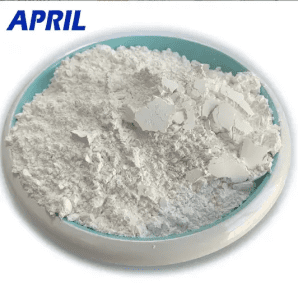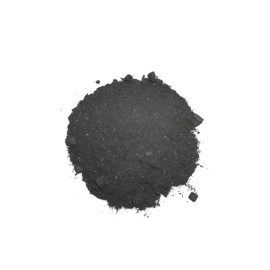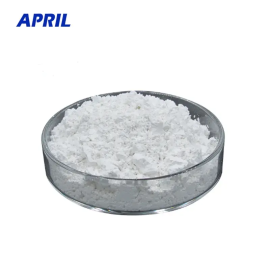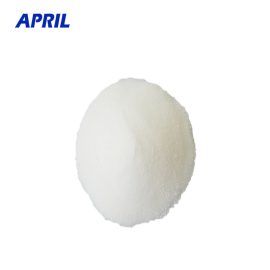Product Introduction:
Odorless and salty in taste. The solubility in water is less than that of sodium carbonate. The solid gradually decomposes above 50 ℃ to form sodium carbonate, carbon dioxide, and water, and completely decomposes at 270 ℃. Sodium bicarbonate is an acidic salt formed by the neutralization of strong bases and weak acids, and appears weakly alkaline when dissolved in water. This characteristic is often used as a leavening agent in the food production process. Sodium bicarbonate will retain sodium carbonate after action, and excessive use will cause the finished product to have an alkaline odor.
Application:
Used in industries such as food, medicine, film production, tanning, mineral processing, metallurgy, fiber, rubber, etc. It can also be used as a detergent and fire extinguishing agent, as a fermentation agent in the food industry, a generator of carbon dioxide in soda and cold drinks as an analytical reagent, and in inorganic synthesis and pharmaceutical industries for the treatment of acidemia. It is also used as a fermentation agent in the food industry, a generator of carbon dioxide in soda and cold drinks, and a preservative for butter. It can be directly used as a raw material in the pharmaceutical industry. It can also be used in film production, tanning, mineral processing, smelting, metal heat treatment, fiber, rubber, and agricultural seed soaking. At the same time, it can also be used as detergent, foam extinguishing agent and bath agent for wool. Alkaline agent: Dilatant. Often formulated with ammonium bicarbonate as a leavening agent for biscuits and pastries. The addition amount in wheat flour is 20g/ kg。










Reviews
There are no reviews yet.